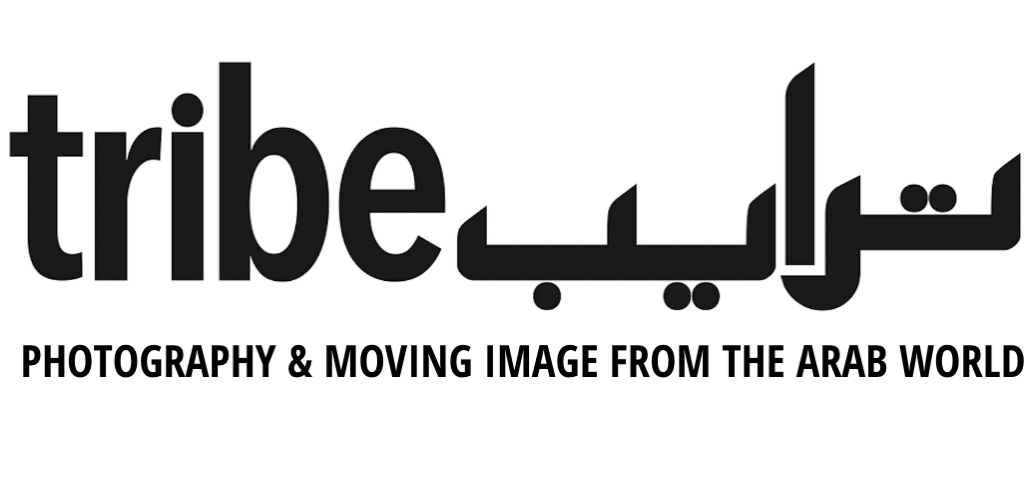Leila Alaoui: No Pasara
Burning Borders
Leila Alaoui, 13 from the series No Pasara (2008), Lambda print on aluminum. Courtesy of Fondation Leila Alaoui and Galleria Continua.
Courtesy of Fondation Leila Alaoui and Galleria Continua.
No Pasara, Leila Alaoui's first photographic project, acts as some kind of manifesto of her commitment. This series of shots reveals the faces of Moroccan youths in search of a ticket to Europe, candidates for an uncertain exile and somehow lost in their own country. A humble portraitist, Alaoui observed and listened to them, picking up her camera only after she had spent time with and talked to them. Her wish was to understand as much as possible about the lives and dreams of the so-called Harragas (literally, those who burn borders), and what prompts them to abandon their homeland.
She says, 'In reaction to Europe's policies to tighten its borders, new terminology emerged in the popular language to express a symbolic resistance to all laws depriving the freedom to migrate. 'Hrag' (to burn) and 'Harragas' have become common codes among desperate youth willing to sacrifice everything to reach the shores of Europe. No Pasara captures the lives of young Moroccans, who dream of a better future on the other side of the mediterranean. The images bear witness to their realities as well as to their illusions. In their attempts to burn the border, many end up burning their identities, their past and sometimes their lives.'
The series reveals the artist's sensibility in the face of the social realities experienced by marginalized people around the world - women and men with forgotten faces, hidden behind statistics or stereotyped images. A global-trotting artist, Alaoui saw her mission as being essentially social. The people she met speak to us of a powerful and difficult reality through her portraits. Despite this, the expressions captured by the artist are imbued with great humanity, restoring to those who have been denied the dignity that they deserve. Any place she went and met with people when working on migration matters, she faced the same disorientation, hope and shattered reality. Alaoui explored these realities, giving voice to distant words and re-transcribing with sensitivity and humility the beauty of people who, thanks to her work, were able to elude their destiny as anonymous figures in the news.
Leila Alaoui, who trained as a documentary photographer, also worked with video as a medium to explore the frontiers of traditional historical narratives while avoiding clichés and victimization. Alaoui's subjects exist not only for the duration a photograph, but through their stories shared by the photographer. At once observer and participant, she imagines a singular affinity with each individual. To discover her work is to participate in a common endeavor to look at and listen to the stories that were shared with the intimacy of a human bond; annihilating the distance which transforms the other into an exotic specimen, and returning to the idea of communion.
In January 2016, during a photographic assignment on women's rights in Burkina Faso commissioned by Amnesty International, Alaoui fell victim to the terrorist attacks of Ouagadougou. She succumbed to her wounds on the 28 January, 2016. The Leila Alaoui Foundation has been set up to preserve her work, defend her values and inspire artistic engagement for human dignity.


